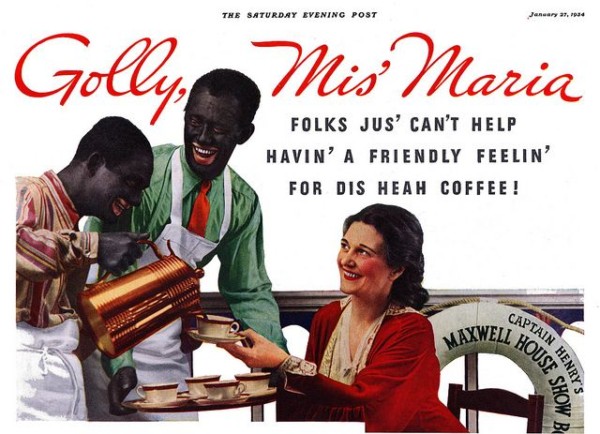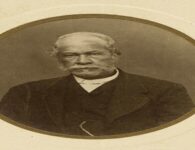BY: ROBERT HAVELKA
Slavery and the racist ideology it was founded upon has left a terrible scar on American history. The effects of the horrific institution are still felt today – institutional racism still leaves more Black men in prison than any other demographic, fewer Black businesses and owners with little to no access to capital, and more Black students at a greater disadvantage at earning a quality education. The symptoms of that disease on the fabric of American life will continue to be felt well into the future as we work to rectify them. Moreover, one powerful question has emerged – should black Americans collect racist memorabilia and do such collections contribute to our national inability to move beyond the black/white mindset.
Racist memorabilia is not isolated to antebellum or Civil War era artifacts. Well into the 20th century a variety of racist products were on wide display, from Aunt Jemima, to the Gold Dust Twins, or Uncle Remus’ Syrup. The memorabilia comes in all forms – product advertisements, magazine inserts, the packaging itself, or specialty collector’s items. In fact, one could argue that the marketed items mentioned above would actually better serve to highlight America’s racist tendencies – too often American citizens forget that inequality didn’t end with the Civil War. Should these items, however, remain in private collections in American homes, should they be relegated to museums, or simply tossed onto the trash heap of history.
The question really depends on your view of the value of the items – do they serve an educational purpose or simply a dark reminder of the past? The same can be said of Nazi artifacts or other emblems of tragic moments in time. The important part is that the items are kept with the intent of understanding the past to better combat the future. For example, say a coworker is callously dismissing discrimination: show them the Gold Dust Twins and ask them about the color of the twins’ skin, what the caricature of black children could mean, and if that is remotely related to the effectiveness of the cleaning product. In fact, ask them why a black individual would be particularly useful to advertise cleaning products in the first place (and if there is a remote connection to the demeaning positions available following the Civil War and the introduction of Jim Crow laws). Or, is that a step too far? Do they really help educate (after all, most people with a basic education understand racism and its effects) or do they actually dredge up bad memories of the past that are better left to wither away?
Frankly, I believe wholeheartedly that individuals should feel at ease collecting what they want – as long as there aren’t malicious intentions. There is a stark difference between an advocate keeping an old magazine to remind themselves how recently racism was the law of the land as opposed to a supremacist using it as a nostalgic token of ‘the good ol’ days’. In fact, these ‘artifacts’ can be valuable windows into a past that is all too often forgotten – an America where the booming economy did not affect all groups of society equally.
Read the original article here.




















1 Comment
The original article citation is missing.